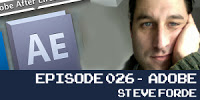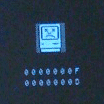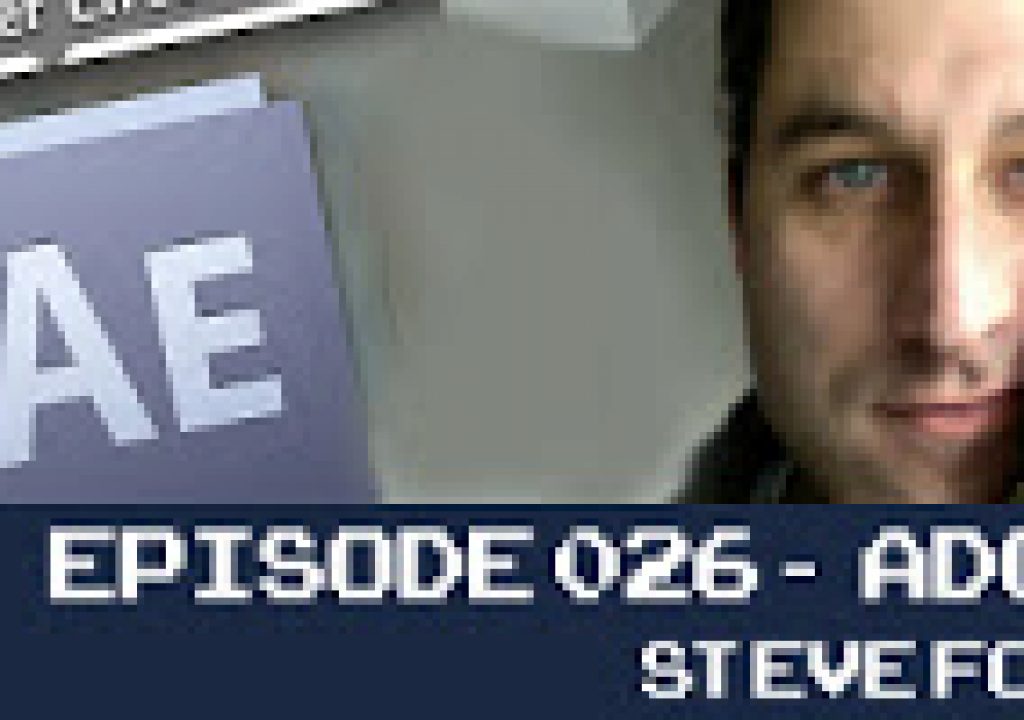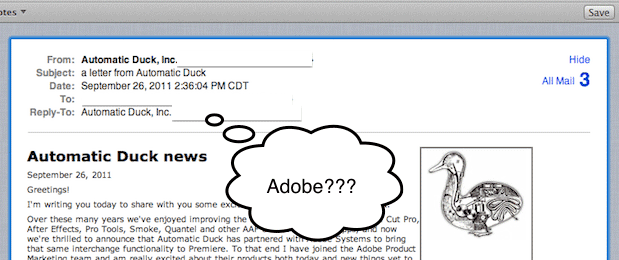Here’s a little roundup of some of the latest news on After Effects tutorials, plug-ins, scripts and more. It’s been a busy but somber week, with news from Genarts, a substantial new animation series at AEtuts, and more.
A new version of GenArts Sapphire effects suite is out (trial), which adds a competitive LensFlare designer & 3D Lens Flares, Flashbulbs, MuzzleFlash, AE Masks Integration, a preset explorer, FX Central web preset hub, and more. Fxguide has an in-depth review by Mike Seymour; here’s the video portion (same filters but in Nuke):
AdobeTV has a new show on Mocha AE: Planar Tracking & Roto for the product bundled with AE CS4, CS5, & CS5.5. They’ll be repeats at first, but all in a convenient location. You can find more tutorials on Mocha AE at AE Portal archive, and inside AE Help for Corner Pin effect, tracking & resources, and mocha.
Andrew Devis has a 2-part tutorial on creating a basic run cycle (or walk cycle) in After Effects, using a simple expression to save time and avoid painful adjustments of keyframes. Andrew shows how the character can have the illusion of running through scenes.
In AE Basics 16: Parenting, “Andrew Devis introduces parenting in After Effects and shows how complex animations can be created with very few keyframes by using parenting. Andrew also shows how parenting can be used to follow an already animated layer as well as how to set up an animation to save a great deal of time.” For a mini-roundup on parenting, see Parenting: Basics + the Jump Parent.
Harry Frank & Aharon Rabinowitz hosted Red Giant TV Live – Episode 3. It featured a News Graphic opening, a breakdown of a fun music video, and more. See also QuickTip # 50: From Torch to Plasma Fireball – Building New Effects from Presets, embedded below, in this case a pretty Red Giant People preset. There are several more recent tutorials for creating light and fire effects with Trapcode filters.
Chris and Trish Meyer released more “hidden gems” (and essential advice) from Creating Motion Graphics with After Effects: CMG Hidden Gems: Chapter 41 – Video Issues and CMG Hidden Gems: Chapter 40B – 3D Channel Effects.
Mark Christiansen continued his ‘After Effects Script of the Week’ series at PVC with After Effects Script of the Week: pt Panorama (Create a 2.5D background scene instantaneously) and After Effects Script of the Week: Get Sh*t Done (one click solutions to common multiple step procedures).
Check out also Post Haste, a project management tool for the Mac that makes it easy to create customized folder structures for each project and simplify workflows, especially for groups.
AEtuts+ is running a cool series, Rig A Realistic Puppet. Mettle’s Freeform Pro is used to add impressive depth to character in After Effects, and numerous tips are shared including IK (inverse kinematics) with the free Duik Tools. Author Daniel Gies posted another free series on character animation in After Effects earlier this year, see that series and more in Animate a character in After Effects: A survey of resources. Here’s a preview of the new series:
Angie Taylor added more free video from her recently published Kinetic Typography Techniques for After Effects course. She also added font links for freely downloadable fonts from various websites.
The After Effects A-Z series from Motionworks continues with Caustics by guest host Eran Stern, who looks at the water surface simulation effect created by After Effects pioneer Brian Maffitt.
VinhSon Nguyen shows you How to Use the Displacement Map and Create Heat Waves at his CreativeDojo. Items in Fire in After Effects round-up at AE Portal archive might also be be useful.
Rich Young shares some background and tutorials on “face replacement” techniques on the occasion of some Annoying fruit made in After Effects that is courting Hollywood.
 The 8BIT Podcast featured After Effects product manager Steve Forde, who shared “what influencing the direction on a major piece of software is like, how they decide what features get added, and what role the community plays.”
The 8BIT Podcast featured After Effects product manager Steve Forde, who shared “what influencing the direction on a major piece of software is like, how they decide what features get added, and what role the community plays.”In Adobe’s Al Mooney Hurlblog Interview Part II, Premiere Pro Product manager Al Mooney “details the process of creating a piece of Adobe software. With a very collaborative and forward thinking environment, Adobe continues to push the boundaries of video editing software. Mooney also discusses his inspiration and source of passion for this line of work.”
Premiere and Production Premium
Scott Simmons posted A short Q and A with Automatic Duck about their Adobe move.
Adobe added a user forum for Speedgrade, if you have thoughts on Adobifying SpeedGrade.
Adobe’s Dennis Radeke looks at results from Diving into NVIDIA GPU’s and what they mean for Premiere Pro. He doesn’t cover GeForce cards, oddly, though even the preference hack for unqualified cards (1GB+) helps weaker systems speed HD editing and rendering. For more on that see, Mercury, CUDA, and Premiere at AE Portal archive, especially the Studio 1 Productions list, Premiere Pro Benchmark for CS5, and the Adobe PP Hardware Forum.
47 Normalizing, Compression, and Limiting in Action from RHED Pixel covers the basics in Premiere. Other short tips on improving speech analysis (with a short custom lexicon), healing audio, and improving rendering speed are also very handy. Todd Kopriva ran down the other free sample chapters and videos from An Editor’s Guide to Adobe Premiere Pro.
Jason Levine has 6 recent CS5.5 tutorials on color correction and especially on sound on AdobeTV.
In a new Video2brain series, Maxim Jago describes methods for Compositing in Premiere Pro: Produce Advanced Sequences Without Leaving Your Editor. Premiere is now more capable than AE 1.0, but doesn’t have the basic masking tools that were added in AE long ago.
In Color grading and finishing in Premiere Pro CS5.5, Jarle Leirpoll teaches you “how to do primary, secondary and some pretty advanced color correction in Adobe Premiere Pro CS5.5. You’ll learn how to create masks for color correction inside of Premiere Pro, and to tweak parts of the image without affecting others. You’ll learn how to use Jarle’s Grading Tools (a collection of useful presets) to speed up your own color grading workflow. Also covered are some common finishing techniques like how to fix moir©, blown-out highlights, blue sky fix, sharpening, letterboxing, noise reduction, stabilizing and scaling/crop.”
Special Note
 Steve Jobs passed on this week. He was terror at times at Apple, but his vision did help make computers much more pleasant. As a Windows user, one can only wonder what Microsoft will do without him. We’re all lucky he took that typography class when dropping out of college. Some may forget that many important apps were Mac-only early on; After Effects was only ported to Windows at version 3.
Steve Jobs passed on this week. He was terror at times at Apple, but his vision did help make computers much more pleasant. As a Windows user, one can only wonder what Microsoft will do without him. We’re all lucky he took that typography class when dropping out of college. Some may forget that many important apps were Mac-only early on; After Effects was only ported to Windows at version 3.
If you haven’t seen his 2005 speech at Stanford, it’s very much worth a listen, for technology and beyond. Following that is a video of a new change agent.

Filmtools
Filmmakers go-to destination for pre-production, production & post production equipment!
Shop Now














